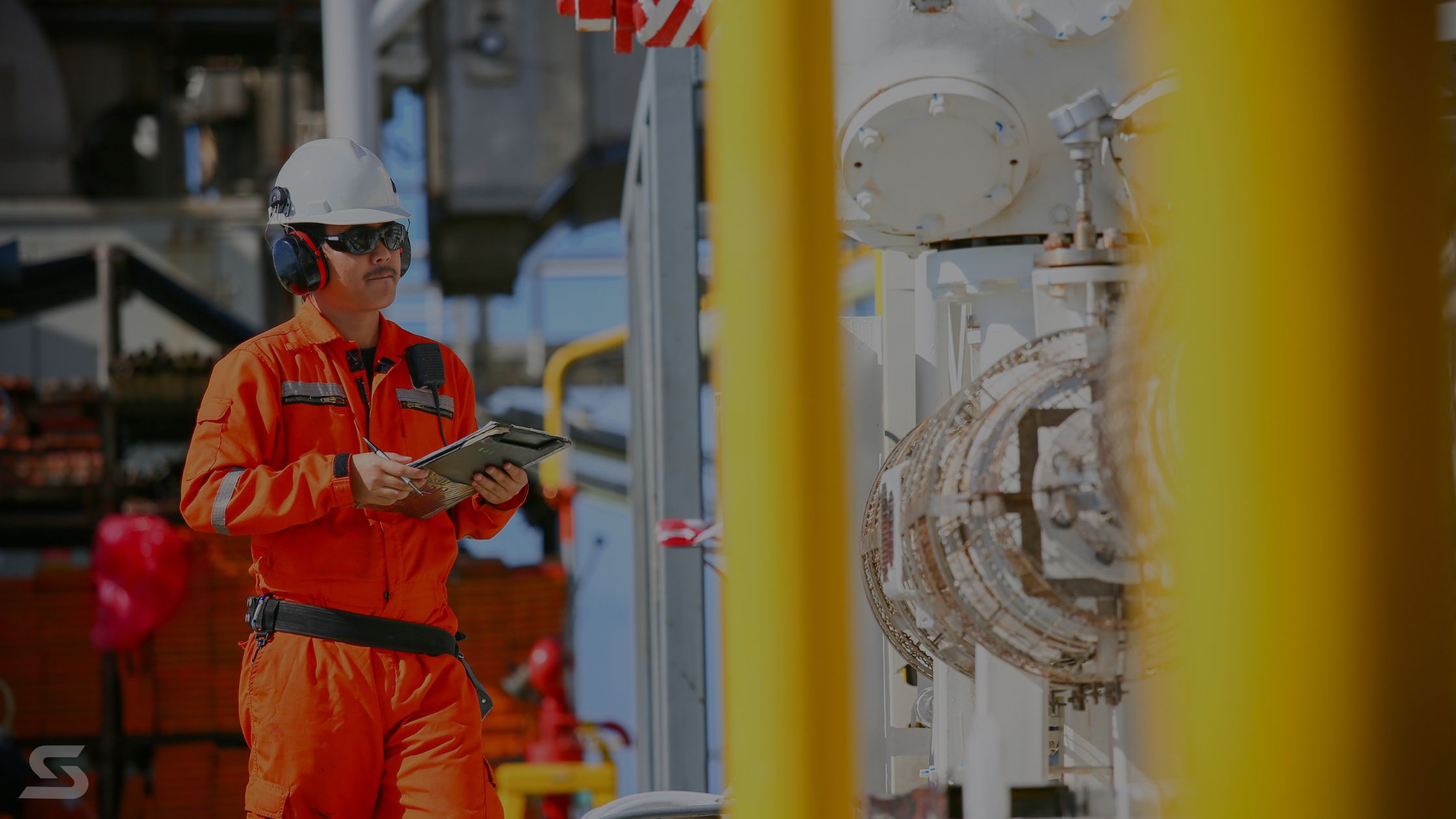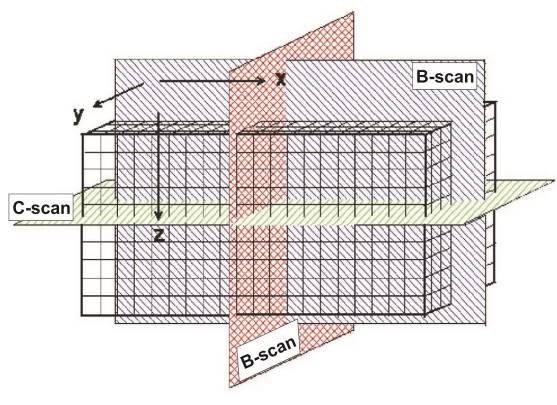When It Comes to UT, Precision Isn’t Optional—It’s Everything
In the world of ultrasonic testing (UT), “close enough” isn’t close enough.
Whether you’re scanning for corrosion under insulation, checking weld integrity, or inspecting critical pipe wall thickness, the value of your data hinges on one thing: precision.
If the numbers aren’t accurate, your decision-making suffers—and so does the asset you’re trying to protect.
Why UT Precision Is So Critical
- Bad data leads to bad decisions.
If your UT readings are off by even a few millimeters, you could call a good weld bad—or worse, miss a flaw that could cause catastrophic failure. - Compliance isn’t optional.
UT inspections often feed directly into reports for API 653, B31G, or other code-based evaluations. Inaccurate thickness values could mean failing audits or misrepresenting integrity. - Repeatability matters.
Inspections aren’t one-and-done. You need consistent data collection that can be referenced over time to monitor degradation or repair effectiveness. Precision enables confident comparison from one scan to the next.
Common Precision Pitfalls in the Field
Ultrasonic testing uses high-frequency sound waves to measure internal characteristics of a material. From weld inspection to corrosion mapping, even small variances in data can create large consequences in reporting.
Here’s why precision in UT matters:
- Safety: Inaccurate measurements may overlook thinning or cracking, increasing the risk of failure.
- Compliance: Reports tied to API 653, B31G, or other industry codes must reflect accurate data to meet regulatory standards.
- Repeatability: Many inspections are conducted in intervals over time. If precision is inconsistent, tracking degradation or validating repairs becomes unreliable.
- Decision-making: Whether you’re qualifying a weld or evaluating corrosion under insulation (CUI), confidence in data drives better decisions.
Factors That Affect Ultrasonic Testing Precision
Even with experienced technicians, field conditions can create challenges that interfere with accurate data collection:
- Surface Conditions: Dirt, corrosion, and coatings can interfere with sound wave transmission and require surface prep or adjustment.
- Couplant Quality: Too much or too little couplant can distort the signal.
- Probe Positioning: Probes not perpendicular to the surface or uneven contact on curved pipes can result in skewed readings.
- Scanner Drift: On long scan paths or vertical tanks, slippage can introduce errors in encoder distance tracking.
- Equipment Limitations: Older or lower-resolution systems may not offer the sensitivity needed for certain inspections.
Understanding these challenges is the first step toward improving outcomes. For more on field-specific inspection issues, see our tank inspection guide or our insights on pipeline weld testing.
Improving UT Precision in the Field
There are several best practices that inspectors and teams can implement to improve precision during UT inspections:
- Calibrate frequently: Calibration using known standards ensures system accuracy before and after use.
- Maintain perpendicularity: Use guides or automated systems to keep probes aligned correctly with the surface.
- Use appropriate scan tools: Select scanner types that match the geometry and environment of the inspection area.
- Control scan speed: Moving too quickly can lead to data gaps or lower resolution.
- Verify with repeat scans: When results are questionable, verify by performing multiple passes.
In more advanced inspections, B-scan and C-scan methods provide visual maps of the material being tested. These allow for improved repeatability, easier flaw detection, and more intuitive reporting. You can learn more about ultrasonic scanning software and how it supports code-based analysis.
Why Accuracy Drives Trust
In any UT inspection, precision is the backbone of trust. Trust between inspectors and clients, between field data and final reports, and between systems and decisions.
While many factors can influence ultrasonic testing precision, awareness of these variables—and consistent efforts to control them—go a long way toward delivering data that truly reflects the condition of an asset.






